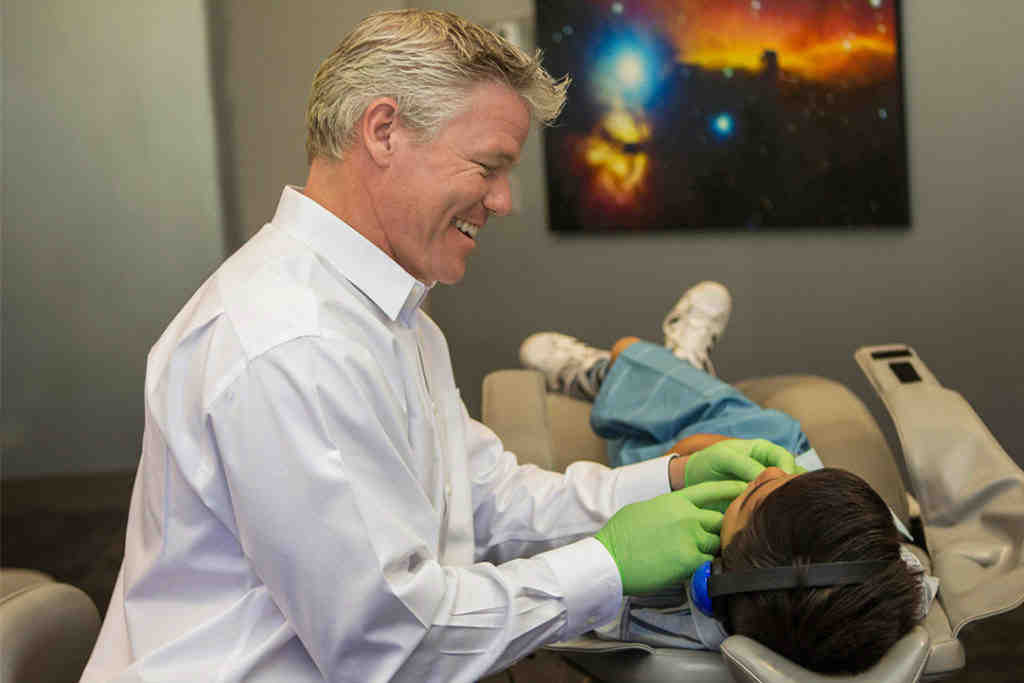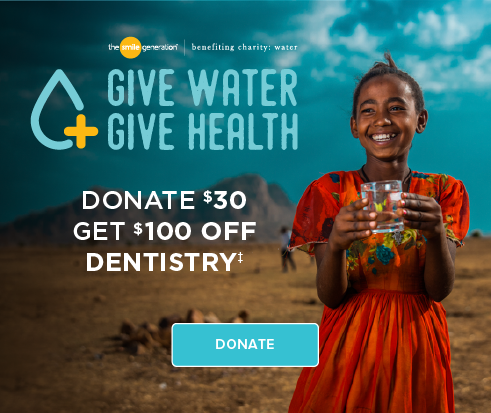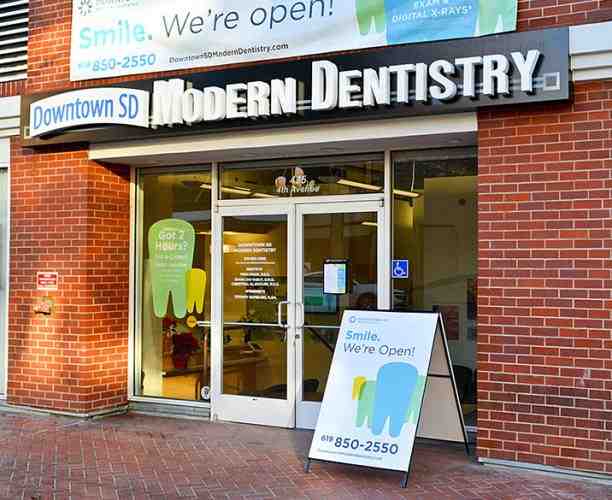What types of dental procedures are considered an emergency during the COVID-19 pandemic?

Can I be infected with COVID-19 if I am more than 6 feet away?
CDC continues to believe, based on current science, that the longer and closer they are to someone with COVID-19, the more likely they are to become infected. Today’s update confirms the existence of some published reports showing limited, unusual circumstances in which people with COVID-19 infected others who were more than 6 feet away or shortly after the COVID-19 positive individual left an area. In these cases, the transmission took place in poorly ventilated and closed rooms, where activities that made it difficult to breathe, such as singing or exercising, were frequent. Such environments and activities can contribute to the formation of virus-carrying particles.
What is the average recovery time for COVID-19?
Most people feel better within two or three weeks of being infected with COVID-19. Once it’s 10 days since coronavirus symptoms first appeared and you’ve stopped having symptoms, the CDC suggests that most people can stop infecting others and may end isolation.
Can I resume routine dental care?

Is getting COVID-19 possible by touching a surface or an object?
It is possible for a person to contract COVID-19 by touching a surface or object that has the virus on and then touching their own mouth, nose, or eyes. However, it is not believed to be the main way the virus spreads.
Can COVID-19 be transmitted orally?
The virus spreads through respiratory droplets that are released when someone with the virus coughs, sneezes, or speaks. These droplets can be inhaled or land in the mouth or nose of someone nearby. If you come in contact with a person’s spit through kissing or other sexual activities, you can be exposed to the virus.
Can the COVID-19 be transmitted by urine or feces?
The virus is thought to spread through direct contact, fomite, breath droplets, and possibly aerosols (2). Viral RNA has been detected in faeces and urine in some patients (3–7). The infectious virus has also been isolated from the urine of a patient with severe COVID-19 (8). However, it is unclear whether the virus is infectious in the feces and possibly an additional source of transmission.
Should I wear a mask to the dentist during the COVID-19 pandemic?

Who shouldn’t wear masks during the COVID-19 pandemic?
Masks should not be placed on children under the age of 2 or on anyone who has difficulty breathing, or who are unconscious, incapacitated, or otherwise unable to remove the cover without assistance.
Does everyone have serious COVID-19 symptoms?
Most people are easily ill and can recover at home.
How to sanitize N95 Masks for reuse COVID-19?
The researchers found that masks decontaminated with ethanol spray did not work effectively after decontamination and did not recommend using this method. In contrast, masks decontaminated with UV and VHP can be used up to three times and function properly.
Which dental procedures are exposed to aerosol contamination?

How does aerosol transmission work for COVID-19?
Aerosols: These particles are lighter, smaller and can swim. Aerosols can remain in the air for minutes or hours in poorly ventilated indoor areas, causing the possible transmission of the coronavirus. Avoiding the crowds and wearing masks could go a long way in reducing the spread of COVID-19 particles in the air.
How long does COVID-19 stay in the air in aerosols?
Aerosols can remain in the air for minutes or hours in poorly ventilated indoor areas, causing the possible transmission of the coronavirus.
What are aerosol generating dental procedures?
Commonly used dental devices known to generate aerosols and air pollution include ultrasonic scaler, high speed dental handpiece, air / water syringe, air polishing, and air abrasion.